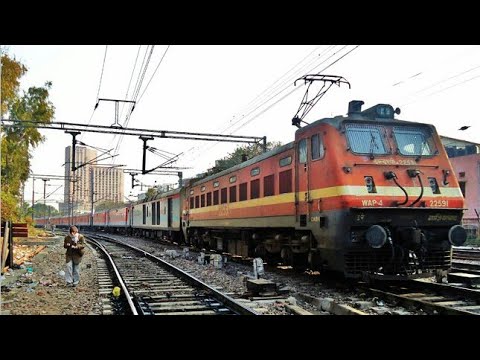
There are different types of RRV units and departments that assist in railway development. Indian rail road vehicle manufacturers provide a shunting truck to get rid of any railroad problem which is made with a spacious load body for storage purposes. Shunting is a common type of Indian RRVs that can move without engine or with an engine. Shunt plays a vital role in changing the locomotive’s anytime and anywhere, attaching/disassembling coaches or wagons, changing the order in which coaches or wagons are arranged on the train.
Shunting train road vehicles can shunt up to 300-tonne load and the storage capacity is up to 25-tonne. There are some important features that provide you with safe shunting activity such as heavy-duty hydraulic cylinders, six rail wheels for quick .service, imported high torque hydraulic motors, single imported hydraulic pump, separate power take-off facility, pneumatic fail-safe brakes, handbrake, chain-driven for easy and affordable maintenance, wired/wireless remote for all shunting operations. All the advanced features and specifications are highly customizable as per different shunting types and requirements.
When attaching loco to a coach or wagon through shunting, there are some important precautions to be taken.
- Shunting should be done either fully or partially by using shunt signals.
- When approaching a wagon or coach for detaching or joining purposes, the driver must work on the loco with the top cab as it provides better visibility and allows the driver to judge the positions correctly.
- The coach to which the locomotive should be attached must be stopped before 20 miles. Following this, the loco should be moved at full slow speed, following the signal of the guard, so that the loco can move forward and contact the coach or wagon with ease and without any jerk.
- The speed during shunting activities should not exceed 15 km/h.
- In addition to roadside stations where separate shunting staff is provided, the shunting operation described in the stunting rules must be supervised by a trained person.
- The guard in charge of the passenger train is responsible for safe shunting activity whether the whole train or any part of it, so, he has to be ensured properly that the correct vehicle is attached or detached.
- The shunting process should be controlled by a fixed stop signal or hand signal or verbal instruction for safety.
- Proper pipe connections and air continuity should be ensured by a guard, during performing shunting.
Depending on the motive power shunting train road vehicles are classified into 3 main part such as Hand Shunting, Flat Shunting, Loose Shunting, etc.
- Hand shunting- It is a process that helps to movement of railroad vehicles from one place to another place by employing some manual workers.
- Flat shunting- This happens when rail vehicles are moved seamlessly from one place to another with the help of a connected engine.
- Loose shunting- In that case, the train could be allowed to move without an attached locomotive, possibly driven by a loco under its own weight or speed that has been disconnected before the rake stopped. This loose shunting can be performed at any time.
Through an authentic rail road vehicle manufacturers company, nowadays, you can get a shunting trucks and its demo before ordering.
3,302 total views, 9 views today

